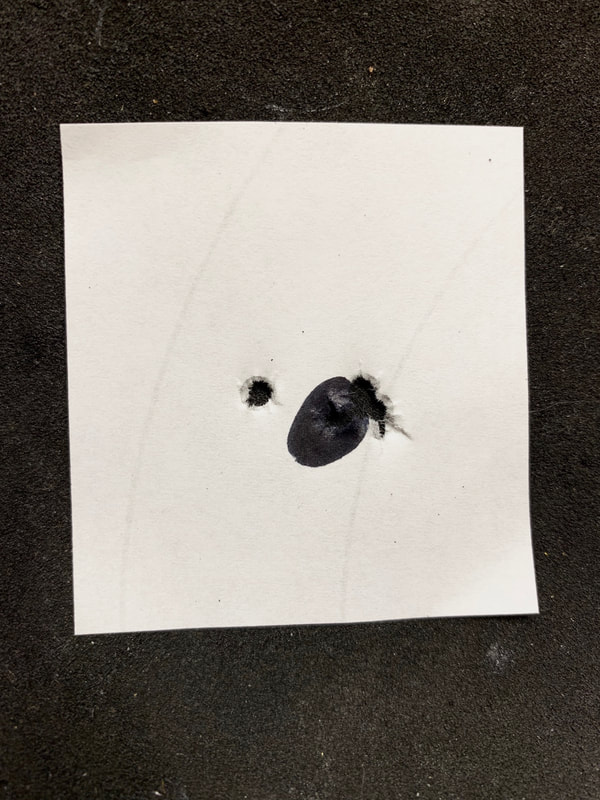PROLOGUE by Hector Medina (Editor)
As humanity moves along in its "progress", it is more and more clear that the only thing that is constant in the UNIVERSE, is: change.
The modern world has brought a number of inconveniences (like worldwide running Flu's), a number of disasters (like Global Warming), and a lot of veritable Tragedies (The continuous State of War since the beginning of the 19th Century).
BUT, it has also brought serious marvels; some of them, undoubtedly, double edged swords that can cut either way.
Among those marvels is the Internet and the level of communication that we can have now with people we have not ever met face to face. And, yet, the commonality of passions, the willingness to suspend (or lower) the "offense" level, and the usage of a "lingua franca" (English), allows us to work; share knowledge, ideas and experiences; and grow together with people that are hundreds of miles away, or thousands, it really doesn't matter.
And that enriches our life. Yes we can cuss the internet for the amount of garbage that we receive on the EMail everyday, but we also have to be grateful for the genuine and wonderful communication opportunities it affords us.
This FOUR PART SAGA is the result of one of those opportunities. A veritable "meeting of minds" that resulted in some fantastic experimentation and some solid science being made.
And so, without further ado, I yield the floor to the Steve Herr, the Gentleman from Pennsylvania, noting that it was a privilege and a pleasure to work with such a fine mind in these experiments.
Part I.- HAYWIRE!
About 7 months ago I purchased a Diana 56TH in .177. This was my first Diana with the sliding action design and I was anxious to give it a try. After much reading and correspondence with Hector Medina, I tore into the rifle, going over everything from top to bottom. The sled mechanism was polished up, T06 trigger disassembled, polished, relubed and set to a mere 8.2 oz pull. The powerplant was replaced with an AGT 22mm skirtless design from Tony Leach, and the sled tension was tuned for best groups on target.
While I was very pleased with the results, I was seeing some fliers that concerned me. It was shooting extremely well, don't get me wrong....but the fliers weren't going away.
Here is the crown after Hand Lapping.
We also discussed the heavy factory muzzle weight, and the tendency they may have in contributing to fliers. He suggested some options for replacing the factory muzzle weight. The options offered were a Harmonic Reducer or a more simple design called a Harmonic Tuner. I said that I was open to his suggestions and would go with whatever he recommended.
A short time later my rifle was completely stripped down and the bare barreled action along with the barrel shroud was on it's way to Hector.
After evaluating the rifle, Hector began the process of re-crowning. Here are a few pictures showing the step-by-step process. Hector continued to machine the surface until the entire internal edge was the same depth and square with the bore. If you look closely you can see how the crown was squared up nicely.
At 35 yards in a seated position (not benched), Hector confirmed that the rifle would offer up nice uniform groups rather than the scattered groups I had been seeing previously.
A job well done!!!
After the recrowning, Hector moved to the next part of the project, that being a suitable replacement for the heavy factory muzzle weight. I will cover that in another write-up.
Steve










 RSS Feed
RSS Feed